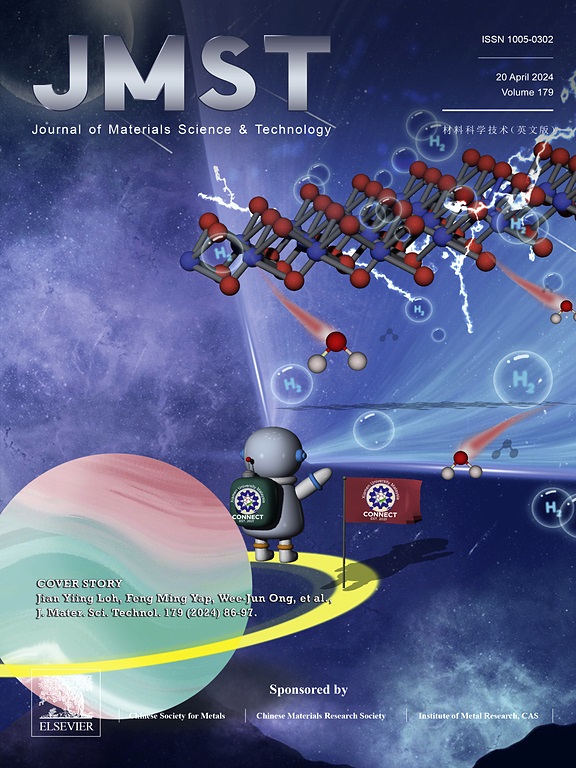Constructing a robust built-in electric field via adjusting the charge distribution from surface-to-bulk of phosphorus and benzene ring co-doped C3N5 for enhanced photocatalytic performance
IF 11.2
1区 材料科学
Q1 MATERIALS SCIENCE, MULTIDISCIPLINARY
引用次数: 0
Abstract
The built-in electric field (BIEF) aroused by the variation in charge distribution between the surface and bulk phase of carbon nitride can improve carrier dynamics. Herein, phosphorus (P) and benzene ring-doped C3N5 nanosheets (PPCN2) were synthesized by a facile method and demonstrated excellent performance in the photocatalytic degradation of antibiotics. Benzene ring replaced the triazine part of the heptazine unit, expanding the π-conjugated structure of the system, promoting electron delocalization, and enhancing the light-absorbing property. P doping led to the creation of an additional donor state within the P 2p band, facilitating the charge separation and lengthening the transport distance of electron-hole pairs. Additionally, the intermediate state gap created in the Urbach tail further strengthened photon absorption and improved effective electron capture. XPS with Ar ion etching at different depths verified the significant potential difference and large dipole moment caused by different doping levels of surface and bulk phase, resulting in a strong BIEF inside the PPCN2. KPFM, SPV, and DFT calculations confirmed the strong BIEF in PPCN2. EPR, rotating disk electrode (RRDE) and in situ infrared drift (DRIFT) spectroscopy confirmed the reactive oxygen species and the two-step one-electron reduction reaction mechanism during the photodegradation process. This work provides a new perspective for the study of improving the photocatalytic performance of C3N5 by inducing the BIEF which arose from the differences in electronic structure and charge distribution on the surface and bulk phase caused by molecular doping.

求助全文
约1分钟内获得全文
求助全文
来源期刊

Journal of Materials Science & Technology
工程技术-材料科学:综合
CiteScore
20.00
自引率
11.00%
发文量
995
审稿时长
13 days
期刊介绍:
Journal of Materials Science & Technology strives to promote global collaboration in the field of materials science and technology. It primarily publishes original research papers, invited review articles, letters, research notes, and summaries of scientific achievements. The journal covers a wide range of materials science and technology topics, including metallic materials, inorganic nonmetallic materials, and composite materials.
 求助内容:
求助内容: 应助结果提醒方式:
应助结果提醒方式:


